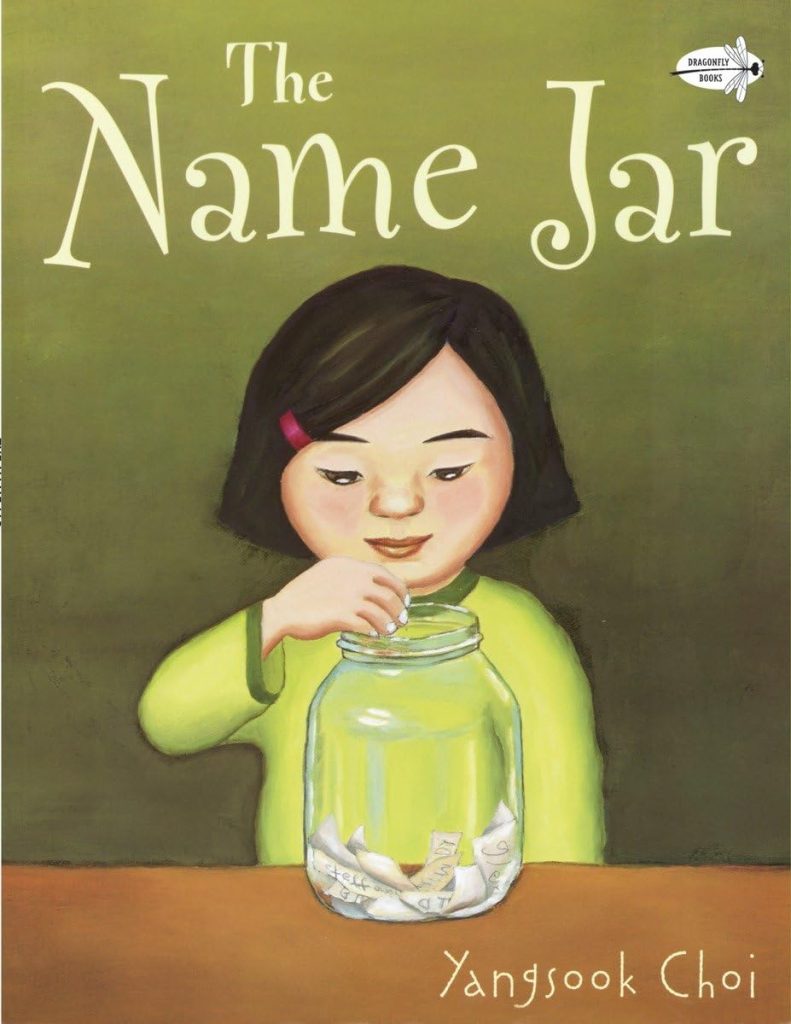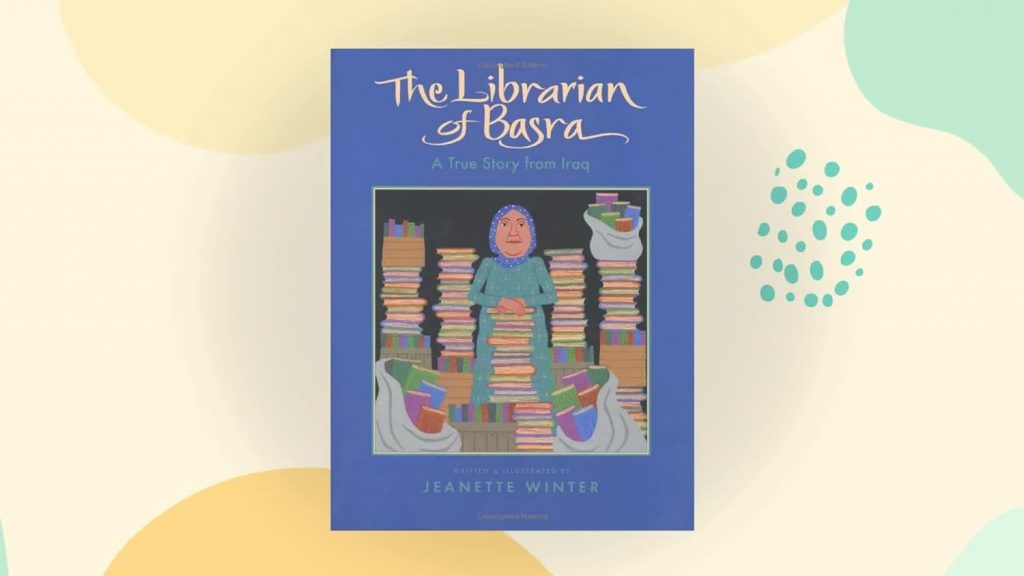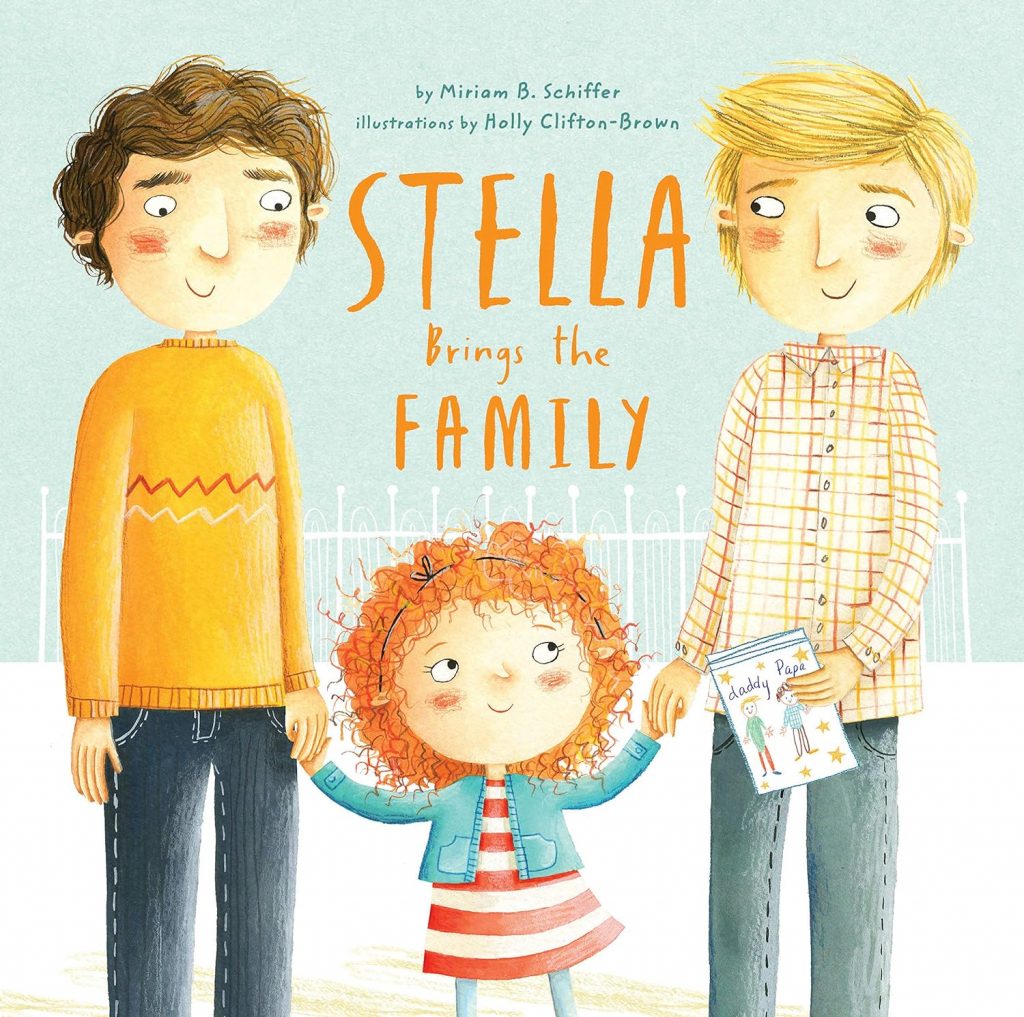Books for children are banned for various reasons, including concerns about sensitive or controversial topics. This includes offensive language or content, political or social views, sexual content, violence or graphic content, religious views, and lack of diversity or representation.
These challenges often stem from individuals or groups who believe that certain books are not suitable for children due to their content or themes. However, banning books limits children’s access to diverse ideas and perspectives, which are essential for their intellectual and emotional development.
Advocates for free speech and intellectual freedom argue that children should have the opportunity to explore a wide range of literature and form their own opinions about the world around them.
Below are a few banned or questioned books for ages 6 to 8. A short synopsis and why it is good reading material are offered below, along with links to buy the book(s).
“The Name Jar” by Yangsook Choi (Published 2003)

“The Name Jar” by Yangsook Choi tells the story of a young Korean girl, Unhei, who moves to America and is hesitant to share her name with her new classmates because she fears it is too different. Instead, she decides to choose a new, more American-sounding name from a jar filled with suggestions from her classmates. However, as Unhei learns about the significance of her Korean name and the support of her friends, she embraces her identity and proudly introduces herself by her Korean name.
The book teaches valuable lessons about cultural identity, diversity, acceptance, and the importance of being true to oneself. It encourages readers to celebrate their own uniqueness and appreciate the differences in others, making it a valuable teaching tool for promoting empathy, understanding, and inclusivity.
Individuals or groups may have objected to its portrayal of cultural identity and diversity. Cultural identity and diversity is closely tied to issues of power, privilege, and representation, which can lead to disagreements and conflicts. Some people may feel threatened by discussions about cultural identity and diversity if they perceive them as challenging their own beliefs or status quo. Furthermore, misunderstandings or stereotypes about different cultures can contribute to tensions around these topics.
Overall, navigating discussions about cultural identity and diversity requires sensitivity, empathy, and a willingness to listen and learn from diverse perspectives.
“The Librarian of Basra: A True Story from Iraq” by Jeanette Winter (Published 2019)

“The Librarian of Basra” by Jeanette Winter is a true story set in the city of Basra, Iraq, during the Iraq War. It follows the courageous efforts of Alia Muhammad Baker, the chief librarian, to protect the library’s collection of books from being destroyed during the conflict. As the war intensifies and the library becomes increasingly at risk, Alia works tirelessly to move the books to safety, ultimately saving most of the collection.
The book teaches important lessons about the power of knowledge, the importance of preserving cultural heritage, and the resilience of individuals in the face of adversity. It also highlights the role of libraries as guardians of information and symbols of hope in times of crisis, making it a valuable teaching tool for promoting literacy, empathy, and understanding of different cultures and experiences.
Some school boards have rejected this book because of its portrayal of the Iraq War or its themes of war, conflict, and cultural preservation. These reasons can include political beliefs, personal experiences, or cultural perspectives. Some individuals may have strong feelings about the Iraq War and prefer not to engage with media that they feel does not accurately represent their views or experiences. Others may feel that such portrayals are too upsetting or traumatic, particularly if they have been directly affected by war or conflict. Additionally, some individuals may have differing opinions on the role of cultural preservation in wartime, believing that other priorities should take precedence.
“Stella Brings the Family” by Miriam B. Schiffer (Published 2015)

“Stella Brings the Family” by Miriam B. Schiffer tells the story of Stella, a young girl with two dads, who faces a dilemma when her class plans a Mother’s Day celebration. Not wanting to leave anyone out, Stella invites her diverse group of family members to the event, including her dads, aunts, and uncles.
The book explores themes of inclusion, diversity, and the meaning of family, highlighting the idea that families come in all shapes and sizes. It serves as an excellent teaching tool for promoting acceptance, understanding, and empathy among children. “Stella Brings the Family” encourages readers to embrace diversity and celebrate the uniqueness of every family, making it a valuable addition to discussions about family structures and inclusivity.
Some people may be against children reading LGBTQ-themed books like “Stella Brings the Family” due to personal or religious beliefs that do not align with the portrayal of non-traditional family structures. They may believe that exposing children to such content could confuse or influence them in ways that they deem inappropriate. Additionally, some individuals may hold conservative views on gender and sexuality, leading them to oppose materials that promote LGBTQ acceptance and inclusion.
Leave a Reply